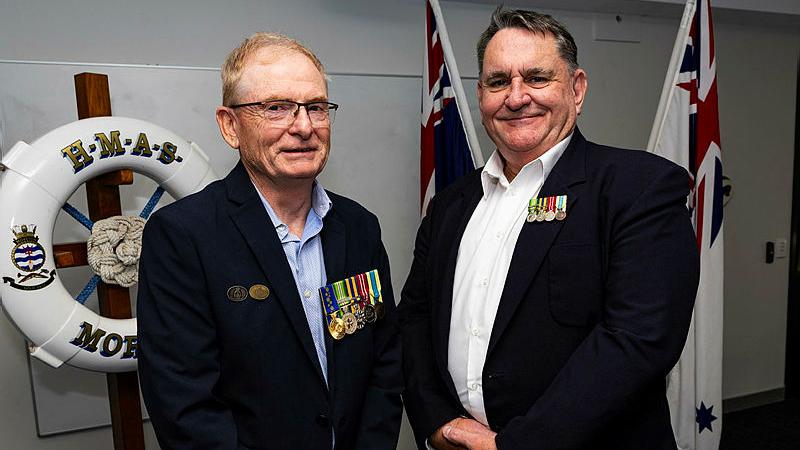Summary:
- Demand for carbon fibre will exceed global production capability in the very near future, but only around 2% of the thousands of tonnes of carbon fibre produced each year is currently recycled.
- Deakin University’s Professor Luke Henderson has received ARC funding to develop technology to enable the use of recycled carbon fibre in the mass production of high-performance parts for wind, solar and hydrogen energy applications.
- Working with industry partners, the project will help grow an Australian-based carbon fibre recycling and re-manufacturing industry and create jobs in multiple sectors.
The annual demand for carbon fibre will exceed global production capability in the very near future, leaving the recycling of existing carbon fibre products as the only feasible way to access this critical raw material.
Fortunately, Deakin’s Professor Luke Henderson has just received substantial funding for a research project focussing on developing technology to enable the use of recycled carbon fibre in the mass production of high-performance parts for wind, solar and hydrogen energy applications.
Prof. Henderson, from the Institute for Frontier Materials (IFM), is one of only 25 researchers across Australia to be awarded a Mid-Career Industry Fellowship under a new scheme from the Australian Research Council (ARC).
The Industry Fellowship Program supports academic researchers in establishing careers in industry and industry-based researchers in universities. It hopes to drive collaboration, translation, and commercialisation outcomes.
Prof. Henderson will receive $1,052,296 in ARC funding to develop a recyclable carbon fibre composite capability for Australia.

Deakin University’s Professor Luke Henderson
A valuable resource going to waste
Carbon fibre is used in industries from aerospace to sports equipment manufacturing, thanks to its light weight and superior strength. It can also be combined with other materials to enhance heat and corrosion resistance in the final product.
However, only about 2% of the thousands of tonnes of carbon fibre produced each year is recycled. About 95% of today’s composites are also made using thermoset polymers and are not suitable for the mass production of parts to support the renewable energy, mining and defence sectors.
‘The prediction is that by about 2030, there won’t be enough carbon fibre produced globally to meet demand,’ Prof. Henderson says.
‘Recycling existing carbon fibre products, such as waste sitting in old aeroplanes, is the only feasible way to access this critical raw material.
‘Unfortunately, there’s a perception that recycled carbon fibre is inferior, so what I’m proposing is how can we get rid of that perception? Or, if it is inferior, how can we use it for non-traditional applications?’
For example, Prof. Henderson and his team are currently researching how reclaimed and milled carbon fibre can be used to remove pollutants such as per- and polyfluoroalkyl substances, or PFAS.
‘The carbon fibre was shown to sequester the PFAS to its surface and the PFAS-loaded carbon fibre was then able to be returned to loadbearing structures without any detrimental effects on performance,’ Prof. Henderson explains.
‘This effectively buries the PFAS in solid structures while we work out how to handle and degrade these persistent molecules.
‘We’re also exploring the use of reclaimed carbon fibre as electrodes in energy storage materials.
‘At the end of the Fellowship, I hope we can demonstrate a range of new value-added or high value applications for recycled carbon fibre.’
Building Australia’s capability
According to Prof. Henderson, the Fellowship provides a significant opportunity for the growth of Australia’s burgeoning carbon fibre recycling and remanufacturing industry. A key part of his project will specifically focus on strengthening Australia’s sovereign capability for composites manufacturing.
He will work with industry partners Gen 2 Carbon, a carbon fibre recovery and recycled nonwoven technologies company, and Solvay, a polymer and carbon fibre manufacturing company, on the project, which will use innovative surface modification techniques on reclaimed and virgin carbon fibres to improve recyclability.
‘The interesting thing about Australia’s composite sector is that it is tiny, but that’s a good thing,’ Prof. Henderson says.
‘It’s a clean slate and allows us to establish ourselves as a leader in carbon fibre recycling and re-manufacturing.’






